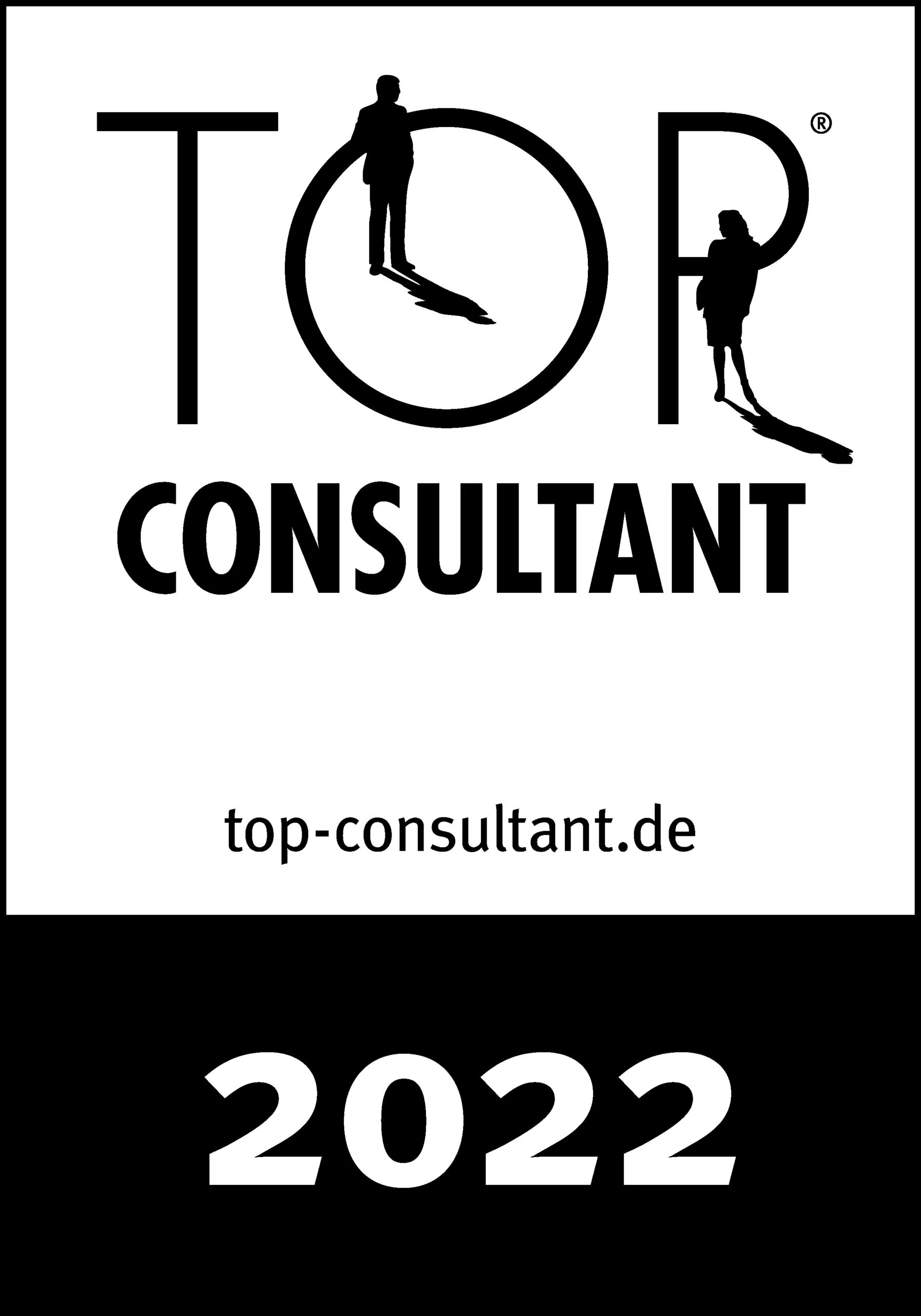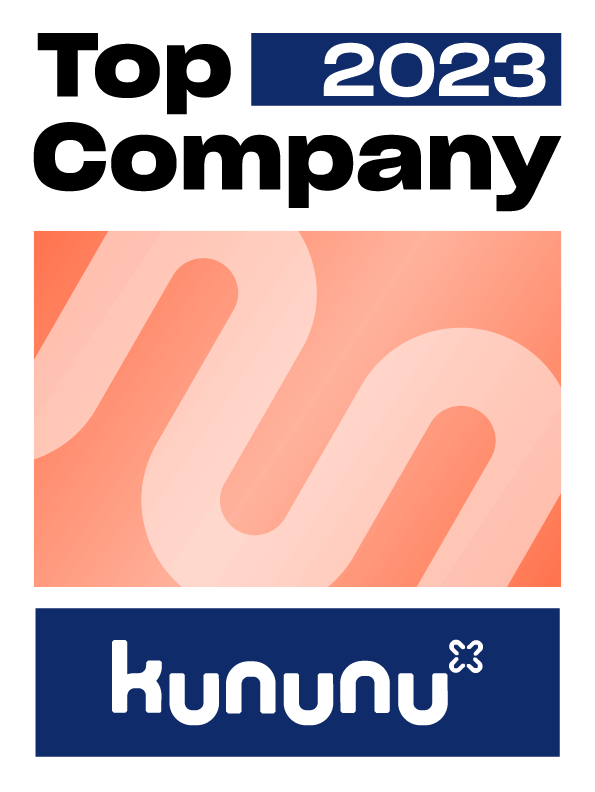
Download Growth Briefing as PDF
John F. Kennedy has (not fully precise) claimed the Chinese word for “crisis” contains two characters – one for danger and one for opportunity. Albeit not fully correct, there is a lot of truth in this. There is a lot of wisdom to that but in times of crisis often myopia and fear prevail. But successful CEOs do not lose sight of the opportunities looming after the crisis.
“In a crisis, be aware of the danger – but recognize the opportunity.” John F. Kennedy
Especially many fast–growing tech business models are facing a potential liquidity crisis, as they have been relying on cheap and fast access to capital for the last years. With the change in monetary policy and recent stock–market decline, funding appears much harder to get. This poses a significant threat to the plans of those companies and will require swift action in numerous cases and extremely high clarity in all cases.
What is happening: The times of cheap money are over
In the last years, capital was a close to free resource. Valuations were sky–high and investors were queuing to invest in fast-growing tech and SaaS companies. Growth was often driven at
any cost, while monetization was second priority to many companies. A quick recovery of the 2020 Covid Crash is not going to repeat itself.
Loss in value (Jan 22- Mid-June 22) of selected share indexes and Bitcoin

What changes now: The paradigm is vastly shifting towards profitability
CEOs cannot assume that a fast recovery will occur. No one knows how macro uncertainties are going to unfold on the monetary and on the real side of the economy.
The only option is to prepare fast and make sure the business model is resilient to flat or even worsening conditions. There are two dimensions to that question in the short term:
- Ensuring sufficient runway – if the company is already burning money, the runway should be extended as much as possible. This will lead to a) avoiding an existential threat where it will not be possible to raise at all or at favorable terms and conditions and b) it will provide additional degrees of freedom to adopt the business model if needed.
- Stress-test your business model – assuming capital will not be abundantly available going forward, is the business model capable of delivering sustained profitability or at least show the concrete potential to do so?
Both dimensions should be evaluated fast and any necessary adjustments should be implemented quickly.
Once first dust hast settled: Rebalance the mechanics of your strategy framework
While there is a strong focus on runway and cash-preservation, CEOs must not lose sight of the strategic implications. At a bare minimum, the company’s strategy framework should contain a couple of key dimensions – clarity on the direction ideally articulated in a clear vision and purpose statement, an in-depth understanding of the business and scaling model, precise and well- defined strategic goals as the basis for a solid KPI system and a business case and short-term execution framework. These strategic mechanics may need to be adjusted and rebalanced.
A first step in the analysis should be the development of a “risks and opportunities” map. There may be key business model risks, if e.g., growth is dependent on high customer acquisition costs and long payback times or access to future fundraises. At the same time, both internal opportunities for organizational change or focus and external ones, e.g., M&A may arise.
An assessment of the urgency and needs to change should follow, based on the strategic impact, leading to a revision of the strategy framework and meeting the needs of the new situation. The whole exercise should be done in a pragmatic way, as we live in times of very high uncertainty and the adoption of strategic focus needs to be done with a highly agile mindset.

AUTHOR
Stefan Benndorf
Stefan is an expert in digital media and advertising, strategy and organizational development, and digital business building. He has established and scaled multiple digital businesses. Before co-founding scaleon, Stefan was COO of global ad-tech company Applift with 10+ offices on three continents and 250+ employees. He was CEO and co-founder of the mobile marketing firm appiris and CFO of madvertise. Stefan worked a number of years at leading management consulting firm Solon.





